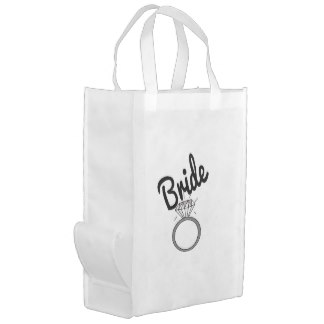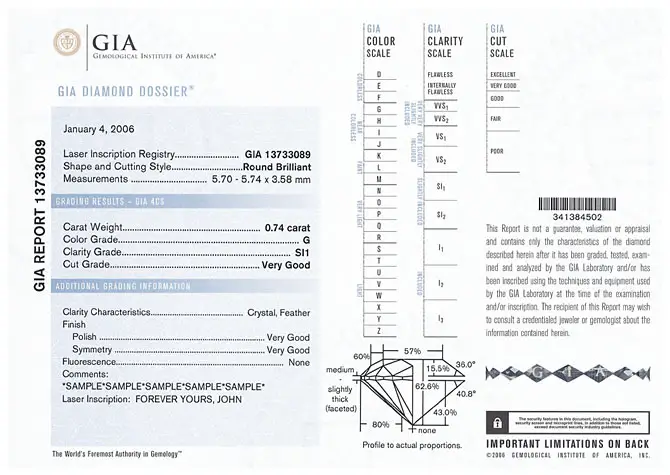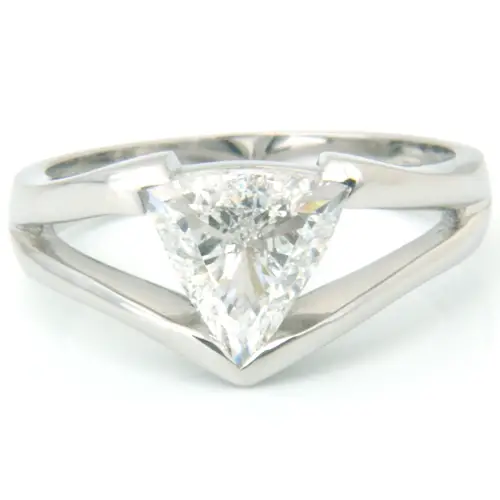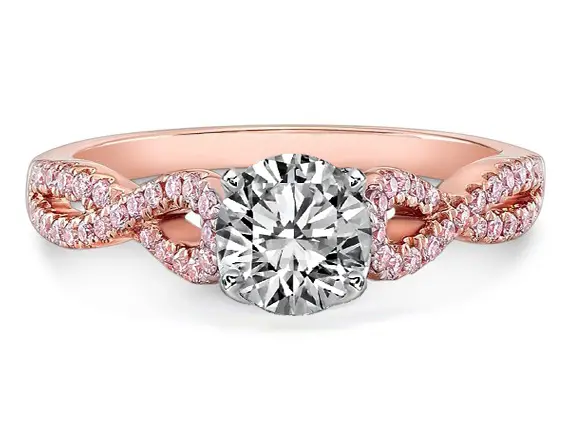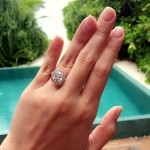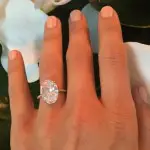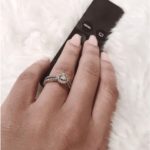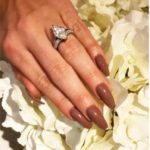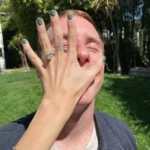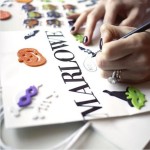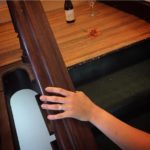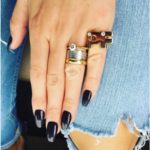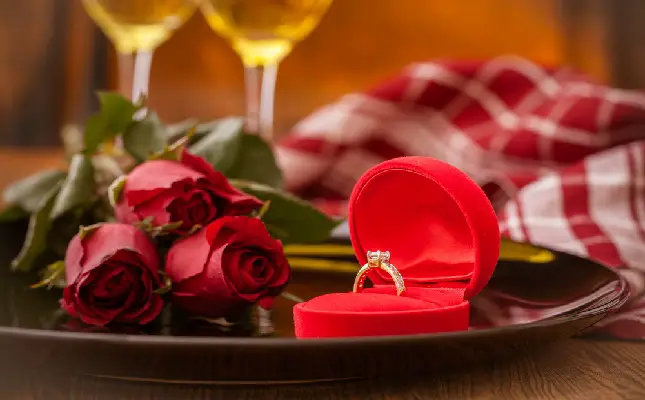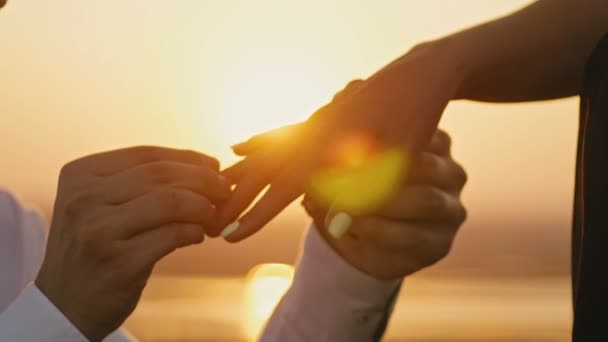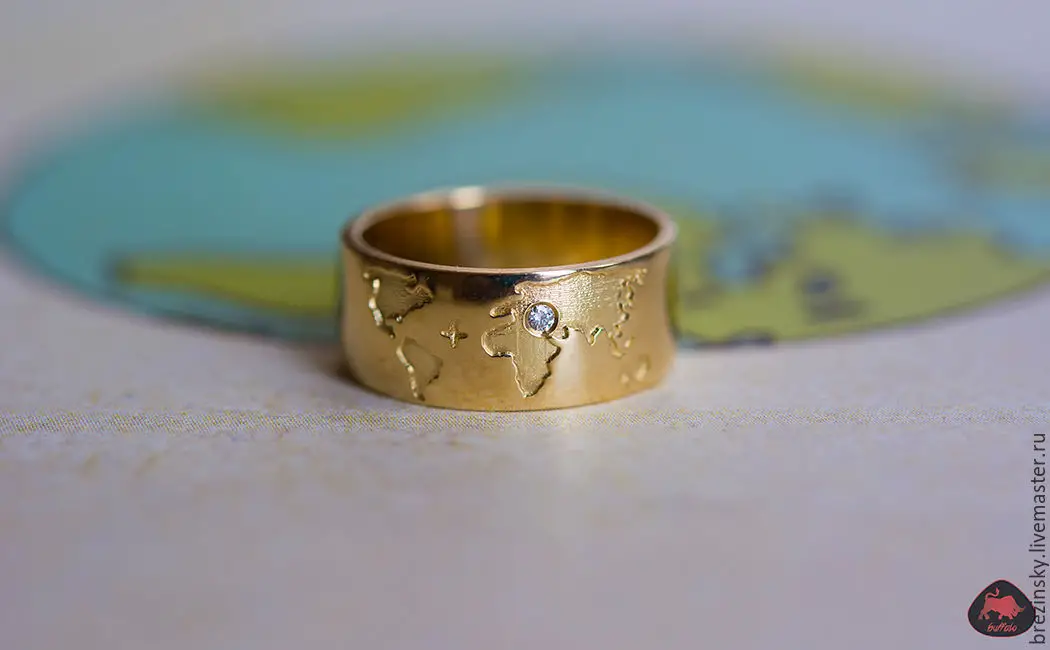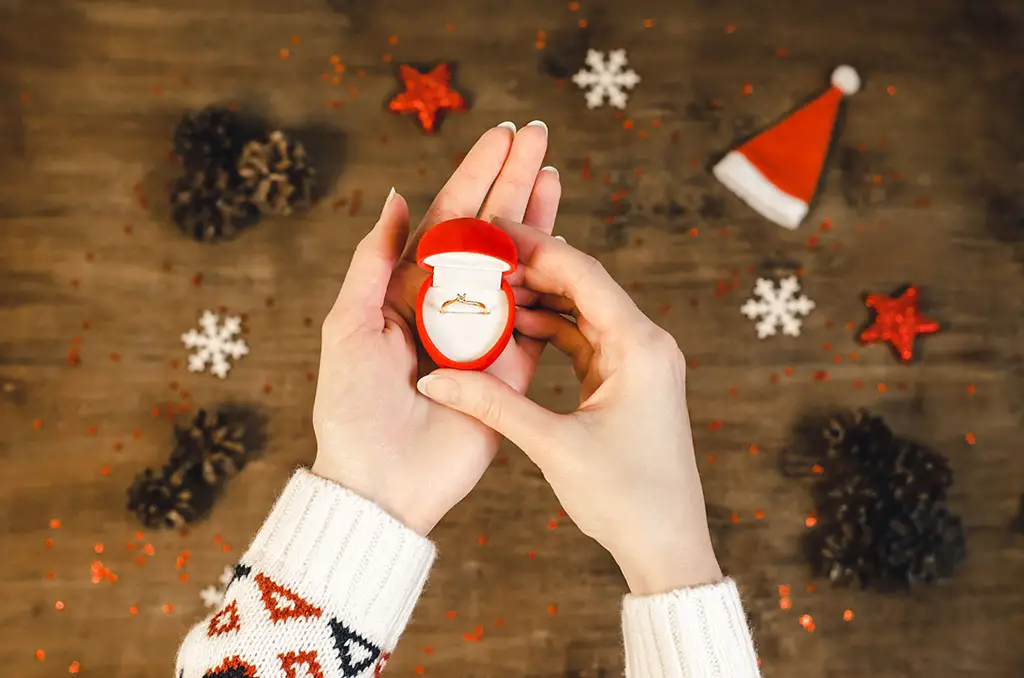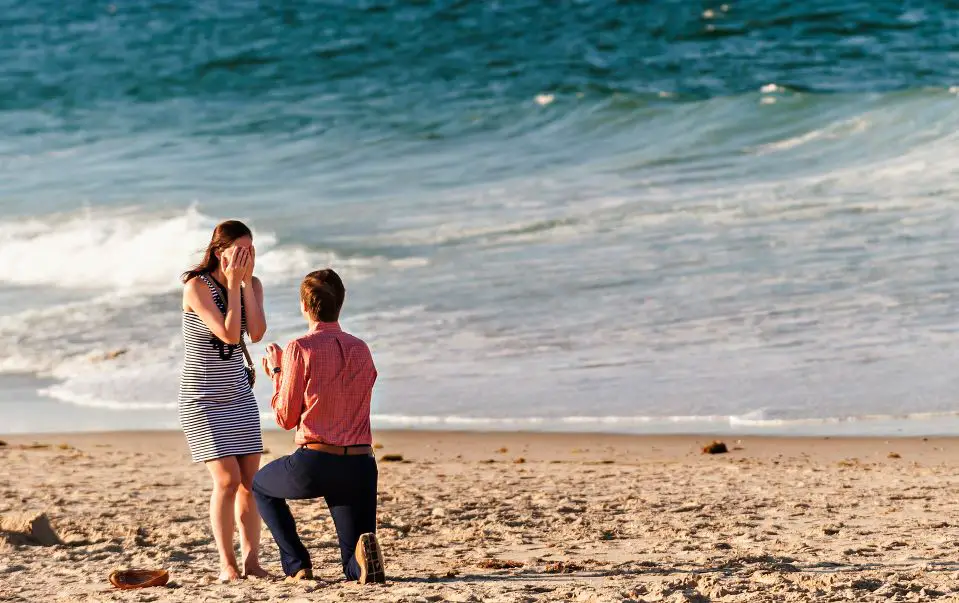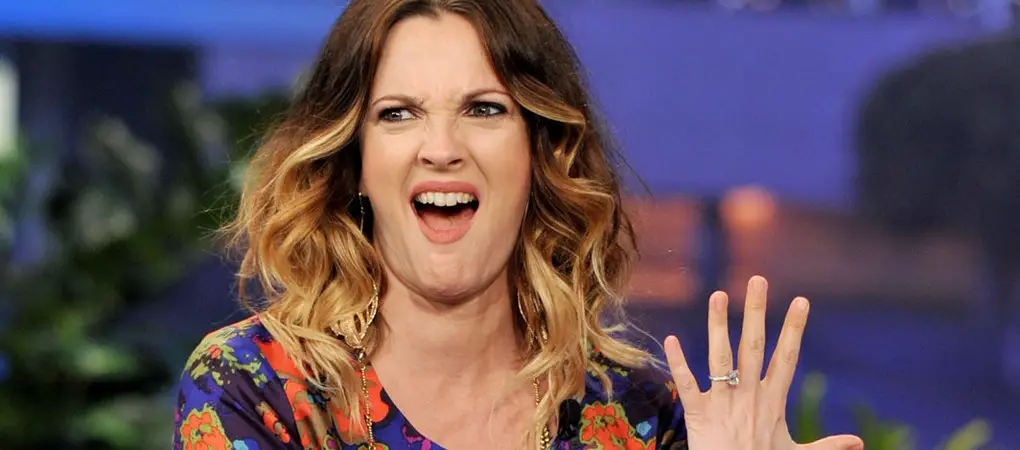It’s perfectly natural to feel bewildered, confused and even scared when you walk into a jewellery store to look at engagement rings. There’s so much choice, so many little decisions to make, even more big decisions to make, and the jeweller definitely knows you have no idea what you’re doing.
Don’t worry. We’ve all been there. While we definitely encourage you to do as much research as possible before you head out to try on some new bling, we understand that some people get caught up in the moment and just want to dive right in and get their dream ring. If you’re one of those people, here are a few key phrases that will at least make you SOUND like you know what you’re talking about…
“How will this ring withstand daily wear?”
An important question that you should ask about every ring you’re interested in, especially if you intend on wearing it constantly. Active brides may want to consider more practical, secure features like a bezel rather than prong setting. Prong settings can get bent out of shape over time and may need to be replaced. Diamonds, as you probably now, are pretty much indestructible, but durability is an important factor in other gemstones such as sapphires or rubies.
“Can I see the diamond’s certificate?”
This is a sure fire way to let your jeweller know that you’re not a fool. Every diamond that has been analysed by a gemological laboratory will come with a certificate that states its authenticity and lists its features and flaws. Most diamonds nowadays have a tiny laser inscribed serial number along the girdle that’s only viewable under a loupe (magnifying glass). The serial number on the stone and your certificate should match. Some of the most authoritative laboratories that issue gem certificates include the GIA, AGS, EGL, IGI and others. If it doesn’t look authentic, it probably isn’t.
“We really like the typical style of the X era”
Mentioning a particular jewellery era that you like shows that you have done your research and have at least some idea of what you like and don’t like. You don’t necessarily need to be buying an antique ring, as many new rings have been made to look like antiques or take inspiration from these eras. Some popular eras include Georgian (1714 – 1830, elaborate embellishment, large coloured gemstones), Victorian (1830s – 1901, romantic soft details like scrolls and flowers, smaller coloured gems), Edwardian (1901 – 1914, elaborate and feminine, white diamonds on ‘white’ metal), and Art Deco (1920s, big geometric designs, wide settings, multiple stones).
“Where does this type of gemstone sit on the Mohs scale?”
The Mohs scale measures the hardness of a given gemstone from 1 to 10. Diamonds, being the hardest natural substance on the planet, are at 10. Rubies and sapphires sit at 9, and emeralds are slightly lower at around 7.5. Generally speaking all other gemstone types will be 7-8 or lower. The lower the number, the more susceptible a stone is to scratching or fracturing over time. Don’t bother asking the above question if all you’re looking at is diamonds – but if you’re looking at less common gemstones it’s a useful one to put to your jeweller.
“Alternative cuts are becoming so popular these days”
This shows that you are aware of jewellery trends, have been keeping check on the choice of designs that are available on the market, and are willing to establish a rapport with your jeweller. It will also encourage them to be honest and engaging with you about their own product range. Remember your jeweller is an expert with years of insight into jewellery making, so getting their personal opinion is never a bad idea.
“The fire/brilliance of this diamond is very beautiful”
Throwing one of these two terms into your conversation when you’re looking at a diamond is a sure fire way to prove that you’re knowledgeable. BUT – you need to know when to use them. Brilliance is the black and white parts of a diamond, created by the facets and the light that enters, bounces through and leaves them. When you move a diamond under a light, the kaleidoscope effect you see of light and shadows is the brilliance. Fire is the rainbow colours that flash across the surface of a diamond, usually in lower lighting conditions.
“I love oval cuts but I’m concerned about the prominence of the bow tie”
Only really relevant if you’re strongly considering an oval diamond, in which case your jeweller will most likely have raised this topic with you already. A bow tie is a slight flaw in all oval diamonds that results in a dark shape similar to bow running across the centre of the stone from left to right. It will always be present, but in well cut oval diamonds it would need to be closely examined to spot. If it’s too prominent that’s a bad sign, and if it’s not present at all that’s also a bad sign.
“I don’t think rose gold is a passing trend. It’s here to stay”
This is pretty much every jeweller’s favourite phrase, so feel free to slip it into any and every conversation. You’ll be their favourite customer and hey, you may even wrangle a little discount out of it. Seriously though, rose gold is everywhere and a very hot topic at the moment. It’s fast becoming the new classic and if you’re into it, a rose gold band on your engagement ring can make for a beautiful, modern yet timeless piece of jewellery.
“The Kimberley Process is certainly a huge improvement to the conflict diamond situation, but I’m not convinced it solves the problem completely”
Bringing up the Kimberley Process is the best possible way to measure your jeweller’s stance on conflict diamonds. While many jewellers make stringent efforts to ensure their gems are 100% ethically mined and sold, there are some out there who merely pay lip service to the Kimberley process to appeal to their clients. If your jeweller is committed to helping solve the conflict diamond issue, they’ll certainly tell you if you quote the above.
And finally…
“Will you marry me?”
That’s right, you’ll need to ask that question pretty soon once you’ve gotten your engagement ring. Get used to saying the phrase in your head or to yourself (but maybe not in public, or to your jeweller) before you utter it in that big moment. That way you’re less likely to freeze up, get a shaky voice or be overcome with nerves!
Good luck, and happy shopping!
